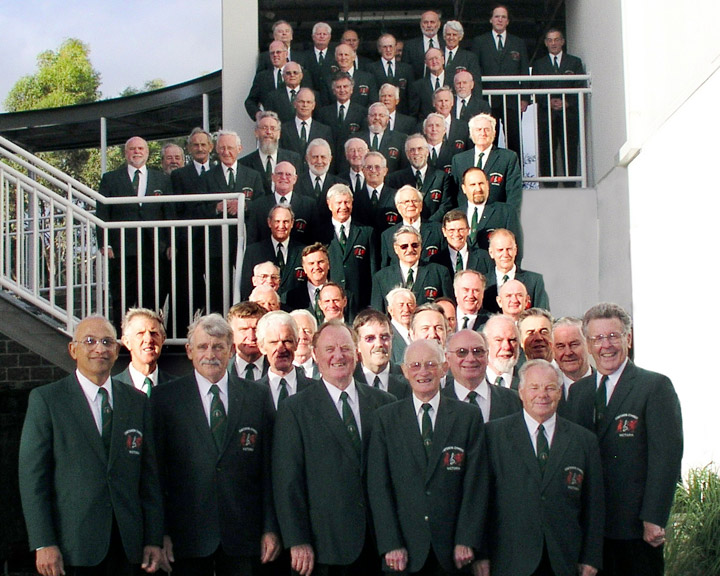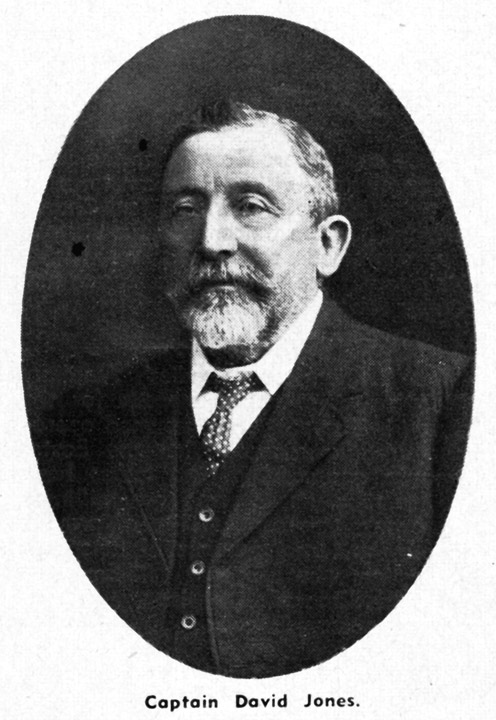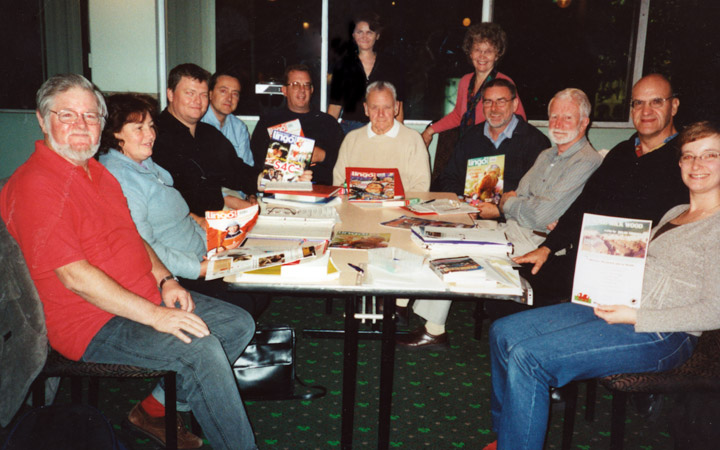Immigration History from Wales (Welsh) to Victoria
Troseddwyr oedd y Cymry cyntaf i ddod i Awstralia, gyda 1,800 ohonynt yn cyrraedd rhwng 1788 a 1852. Daeth y prif ddyfodiad Cymreig cyntaf i’r meysydd aur yn y 1850au. Dynion di-briod oedd llawer ohonynt, wedi gadael eu teuluoedd yn ôl yng Nghymru. Fe ymfudodd eraill i osgoi’r darostyngiadau oedd yn gysylltiol â diwydiannaeth a chaledi bywyd ffarm. Cynyddodd y boblogaeth Gymreig yn Victoria yn gyflym, o 2,326 yn 1854 hyd 6,055 yn 1861.
Roedd eu crefydd yn ganolbwynt i’r ymsefydlwyr newydd. Yn 1857 adeiladwyd y capel Cymraeg cyntaf ym Melbourne yn stryd La Trobe, ac erbyn 1865 roedd dros ugain o gapeli Cymraeg ar draws Victoria. Drwy’r 1860au ar y meysydd aur, roedd y presenoldeb Cymreig yn fwyaf amlwg yn y cymanfaoedd canu a’r eisteddfodau, yr olaf yn datblygu’n gystadleuaeth llenyddol a cherddorol boblogaidd.
Dadfeiliodd y boblogaeth Gymreig yn araf yn ystod hanner cyntaf yr ugeinfed ganrif. Ar ddiwedd yr Ail Ryfel Byd fe gynyddodd y rhifau gyda chyrhaeddiad gwladychwyr dan gynllun y fordaith gynorthwyol. Fe dyfodd y boblogaeth o 3,548 yn 1961 hyd 5,113 yn 1971. Cymry di-Gymraeg oedd y mwyafrif ohonynt, yn adlewyrchu dirywiad yr iaith Gymraeg yng Nghymru.
Fe barhaodd y gymdeithas Gymreig i dyfu tan 1986, ond dadfeiliodd yn araf ar ôl hynny. Yn 2011 roedd 4,830 o Victoriaid wedi eu geni yng Nghymru, ond dim ond 4% ohonynt yn siarad Cymraeg gartref. Roedd hanner o’r rhai mewn cyflogaeth yn weithwyr proffesiynol; gyda 40% arall yn gweithio mewn meysydd masnach, cynhyrchiad, clerigol a gwasanaethol. Heddiw mae’r gymdeithas yn byw ar draws Victoria, yn y trefi ac yn y wlad, gyda poblogaethau mwy yn Frankston a ffiniau Melbourne.
Caiff y gymdeithas a’r diwylliant Cymreig eu unoli a’u cefnogi gan gymdeithasau fel Cymdeithas Cambrian Victoria, Côr Meibion Cantorion Cymreig Victoria, Capel Cymraeg Melbourne a Carmel, Eglwys Bresbyteraidd Cymru yn Sebastopol ger Ballarat.


